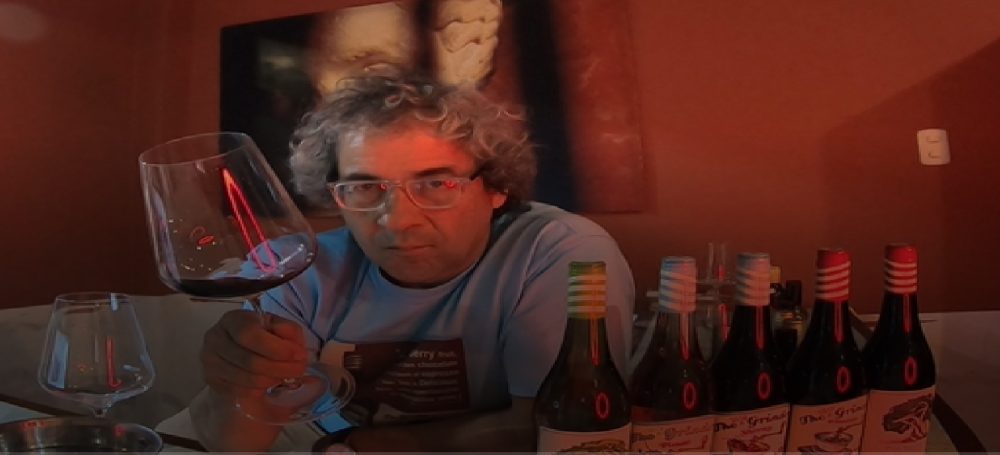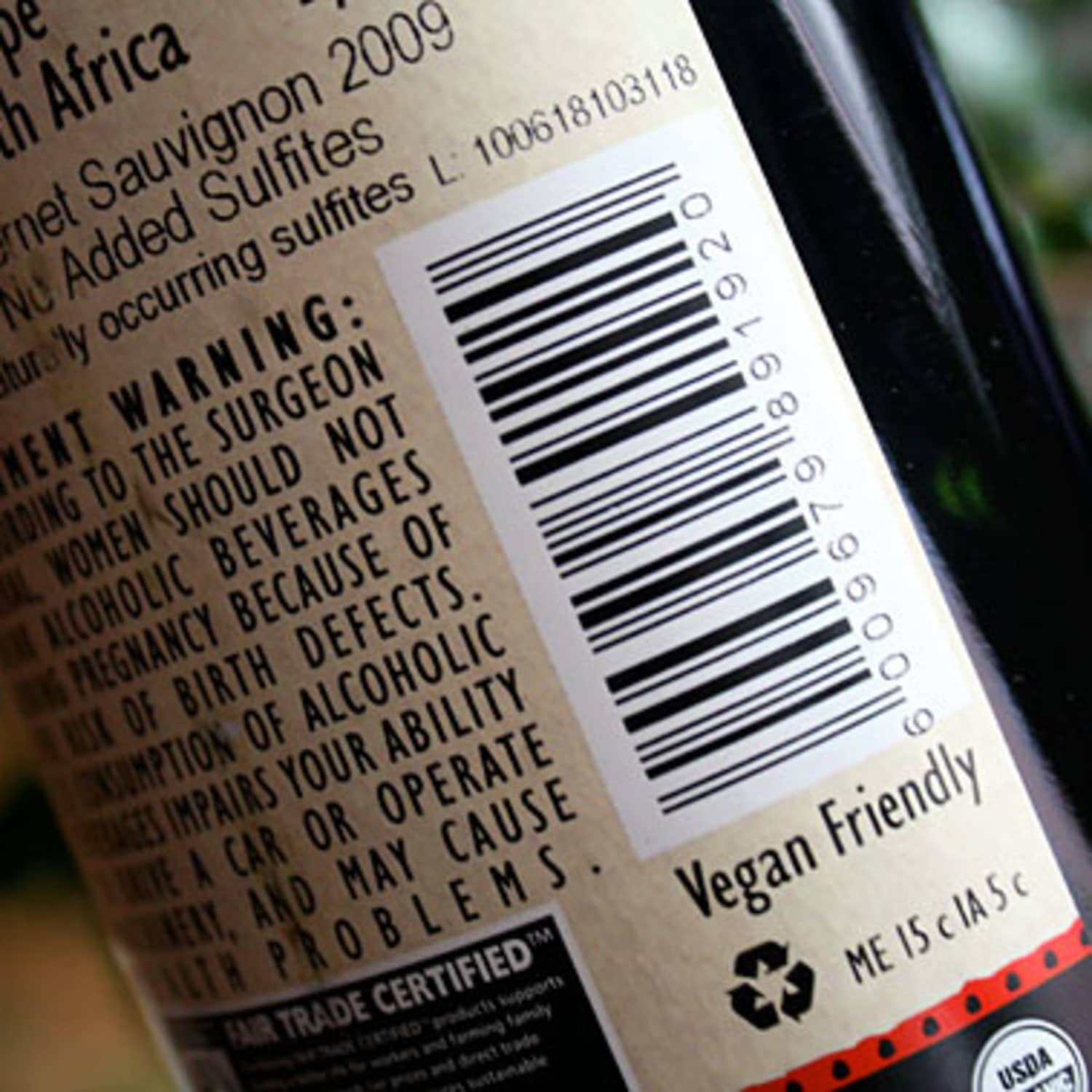Vinos Veganos en Lima
LOS VEGANOS AMANTES DEL VINO NO TIENEN QUE ABSTENERSE DE SU BEBIDA FAVORITA: AQUÍ ALGUNOS VINOS VEGAN FRIENDLY EN NUESTRA CIUDAD
La primera vez que escuché hablar de vinos veganos fue en Vancouver, en una tienda tipo supermarket (www.everythingwine.ca) que solo ofrece vinos y productos relacionados a la bebida favorita del Dios Baco allá por el año 2009. Trabajaba como consultor de ventas y un buen día un cliente me preguntó have you got vegan wines?. Mi primera reacción fue de sorpresa porque uno, no conocía nada del asunto vegano y desde fuera lo relacionaba a gente joven y rara que no sabe qué más inventar para llamar la atención. Segundo, ya estaba acostumbrado a clientes que insistían por vinos «sin sulfitos» o por productos imposibles de encontrar en el mercado de vinos de British Columbia, por lo que pensé que era tal vez algún otro «especial» en busca de cosas raras.
Pero me quedé con la duda y busqué, aprendiendo un poco del tema de cómo se clarifican los vinos y también, por qué no, del tema vegano. Resultó que había más vinos veganos de los que podía imaginar en la tienda, además de vinos kosher, que sí conocía y ofrecía a mis clientes judíos.
Y CÓMO LO HACE? CUAL ES EL SECRETO?
En realidad, los productores que hacen vinos «veganos» no lo hacen necesariamente pensando en satisfacer a ese segmento del mercado que tiene un crecimiento cada vez mayor. Es por un tema de elección de técnica y por costos. El asunto es que para que el vino sea transparente y brillante como le gusta a la gente y no turbio en la copa, se requiere que las partículas suspendidas en el líquido se precipiten, para luego ser retiradas mecánicamente (se sifonea el vino a otro recipiente dejando atrás las levadura muertas -las lías- y otras partículas en el fondo). Para lograr esa precipitación se usa partículas de gran peso molecular, en este caso proteínas como las que se encuentran en la clara del huevo, la sangre de vacuno, vejiga natatoria y escamas de pescados, entre otros compuestos animales. Otras bodegas utilizan el colágeno y tejido conectivo extraído de huesos y piel de vacas y toros, caballos, puercos y hasta aves de corral. Las proteínas atraen a otros compuestos más pequeños y en un momento adquieren una masa tal que precipitan, arrastrando con ellas las impurezas.
Para ser considerado vegano, el vino no debe haber sido procesado con ninguno de los compuestos animales mencionados arriba. Normalmente se sustituyen con arcillas como la bentonita; también se usa el caolín y las tierras de lebrija.
ALGUNOS VINOS VEGANOS EN EL MERCADO DE VINOS DE LIMA
Empecemos por el comienzo y uno de los más deliciosos vinos veganos en Lima es el Pinotage de la bodega Grape Grinder, de Sudáfrica. Esta bodega practica viticultura sostenible y ecológicamente amigable, y no usa ningún producto animal en la elaboración de sus excelentes vinos. Los vinos de esta bodega incluyendo los Shiraz, Shiraz-Viognier, Mourvedre Rosé y el Chenin Blanc se encuentran en la Bodega Verde de Barranco, la Sanahoria de Barranco, San Isidro y Surco, Licoreria Diarío de La Molina y en La Calandria de Barranco.
A continuación, otros vinos vegan friendly que se encuentran en el mercado local. Nota: no todos los productos de estas bodegas son veganos, hay que revisar las etiquetas, hacer una búsqueda por internet y dependiendo de qué tan informado esté, consultar con la persona encargada en la licorería, tienda o supermercado.
ARGENTINA: Astica, Norton, Santa Julia
CHILE: DeMartino, Casas Patronales
AUSTRALIA: El Footbolt y el Stump Jump de la bodega D´Arenberg. El Bernoota de Lake Breeze. OJO Los vinos de Penfold´s y Lindeman´s disponibles en Lima NO SON vegan friendly.



